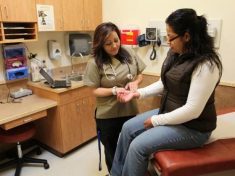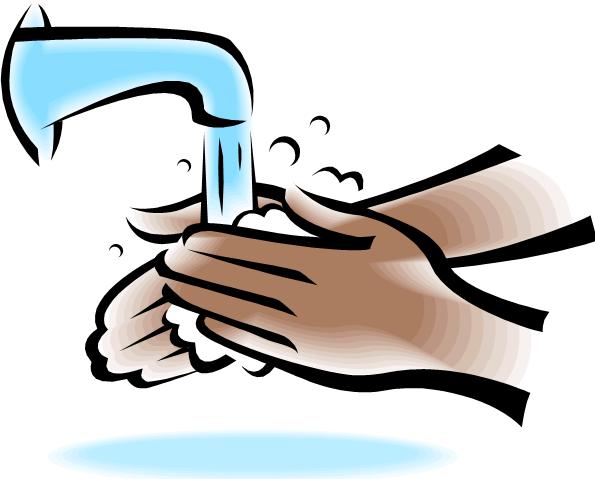Preventing adverse experiences in childhood can help people stay healthy throughout their lives, new research from the Centers for Disease Control and Prevention shows.
Protecting kids from adverse childhood experiences — such as violence, abuse or growing up around people with mental health or substance use problems — can help reduce chronic diseases, risky health behaviors and socio-economic challenges later in life, according to a Nov. 8 study in CDC’s Morbidity and Mortality Weekly Report.
Nearly 16% of U.S. adults have experienced four or more ACEs their lifetimes, the study said, with women, blacks and American Indian and Alaska Natives at highest risk.
ACEs can change brain development and affect how the body responds to stress. This can lead to chronic health problems, mental illness, substance misuse and reduced educational and occupational achievement in adulthood. At least five of the top 10 leading causes of death are associated with adverse childhood experiences.
Creating “safe, stable, nurturing relationships and environments” can help prevent ACEs and help children and adults thrive, according to the study, which was published as a CDC Vital Signs Report. Preventing ACES can reduce risky behaviors like smoking and heavy drinking, improve education and employment potential and stop ACEs from being passed from one generation to the next.
To address ACEs, the report recommended that:
• health care providers refer patients affected by ACEs for services and support and link adults at risk to parenting interventions and substance abuse treatment;
• employers support family-friendly policies, such as paid family leave and flexible work schedules;
• states and communities improve access to high-quality child care, address financial hardships and foster skills that manage emotion and conflicts; and that
• everyone “support community programs and policies that provide safe and healthy conditions for all children and families.”
For more insights on ACEs, read this recent column from APHA past-president Pam Aaltonen in The Nation’s Health.
Article by Louise Dettman on Public Health Newswire


